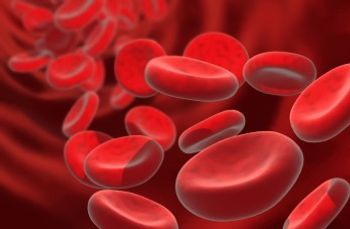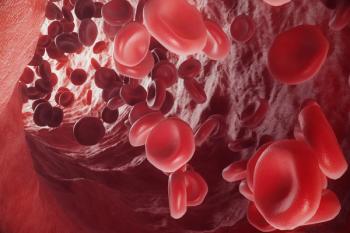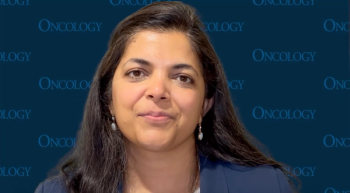
New Study Findings Will Generate Better Contralateral Breast Cancer Treatment Discussions Between Providers and Patients, Says Expert
Recent study findings related to risk factors for developing contralateral breast cancer may better influence treatment decisions between patients and physicians, according to a Mayo Clinic expert.
During the
According to Yadav, identifying germline mutations such as ATM, CHEK2, or PALB2 as risk factors for contralateral breast cancer will help generate discussions between physicians and their patients on appropriate treatment options. A contralateral prophylactic mastectomy, for instance, may be more or less suitable for patients depending on factors such as the presence of germline mutations or menopausal status.
“We have provided more evidence and numbers to actually guide those decision-making processes [between patients and physicians],” Yadav said.
Transcript:
Today, at least, we did not know how to best manage contralateral breast cancer risk in germline mutation carriers in moderate risk [factors] such as ATM, CHEK2, or PALB2. Now, we have provided this data that says that this is the risk of developing contralateral breast cancer in some of these mutation carriers. What this will eventually lead to is a discussion between patients and their physicians to say, "well, based on your risk, these are the things that we should be thinking about." Right now, if the risk is quite high, for instance, for a BRCA1 mutation carrier who is premenopausal, we see that the risks are quite significantly elevated.
Contralateral prophylactic mastectomy could be considered, whereas for some women over the age of 65, even if they are BRCA1 mutation carriers, we can now provide the risk estimates and say, "do you really need a contralateral prophylactic mastectomy?" A lot of these are still in discussion between patients and the physicians. But now, we have provided more evidence and numbers to actually guide those decision-making processes.
Reference
Yadav S, Boddicker NJ, Na J, et al. Population-based estimates of contralateral breast cancer risk among carriers of germline pathogenic variants in ATM, BRCA1, BRCA2, CHEK2, and PALB2. Presented at the 2022 San Antonio Breast Cancer Symposium; December 6-10, 2022; San Antonio, TX. Abstract GS4-04.
Newsletter
Stay up to date on recent advances in the multidisciplinary approach to cancer.

















































































